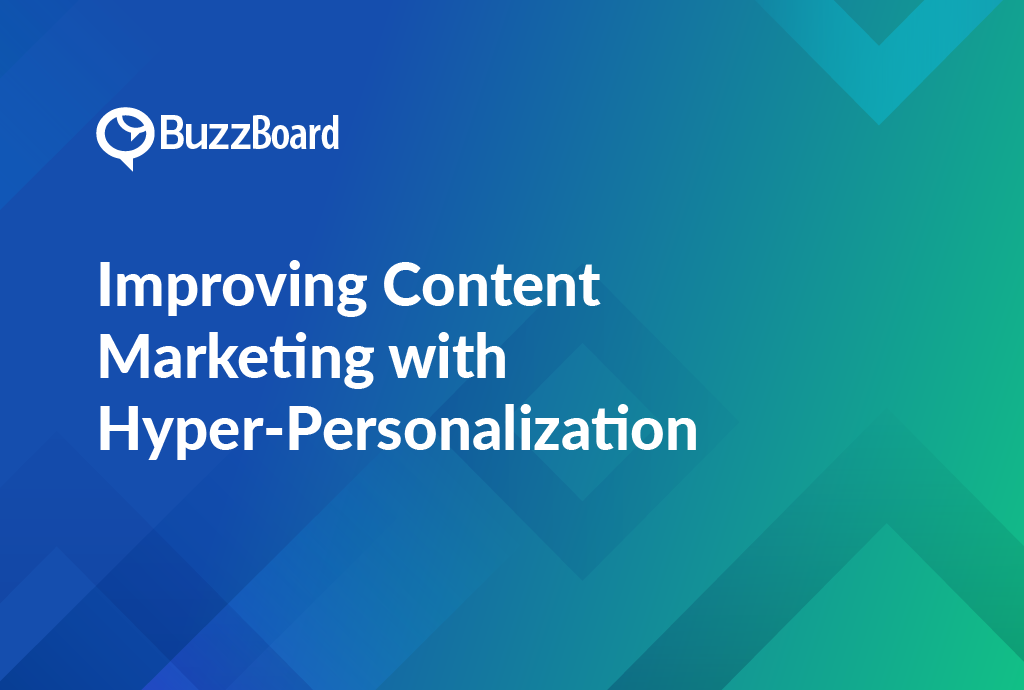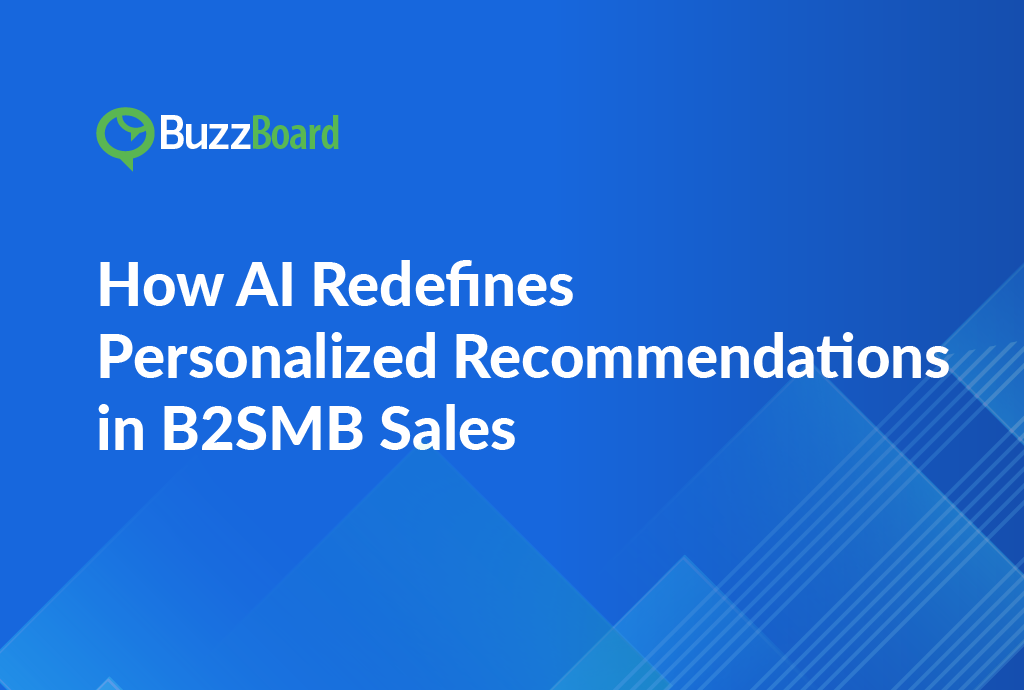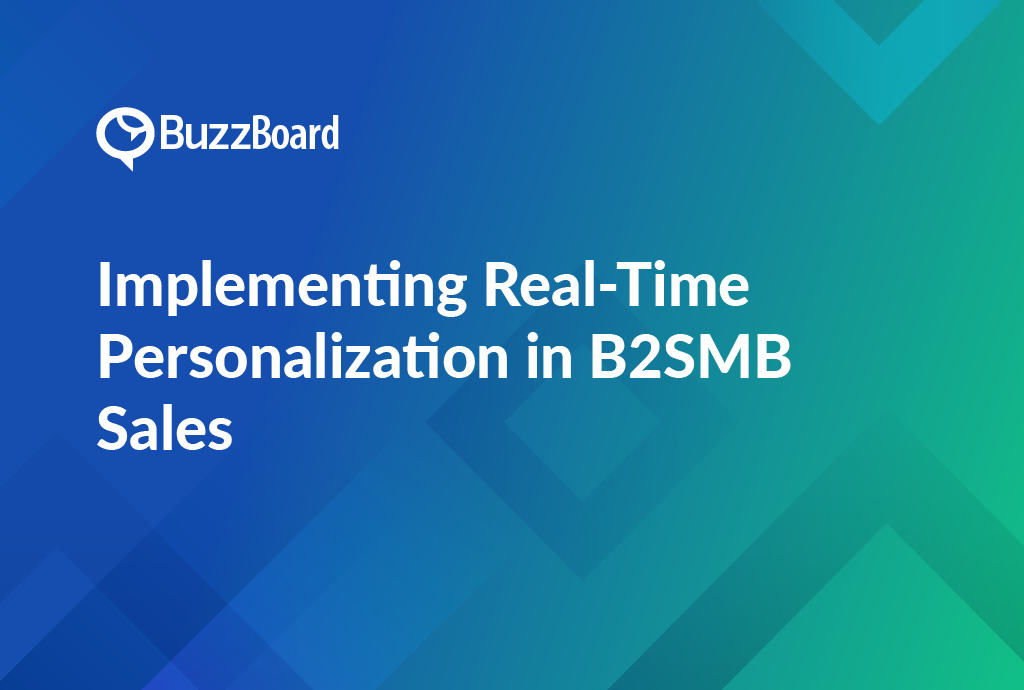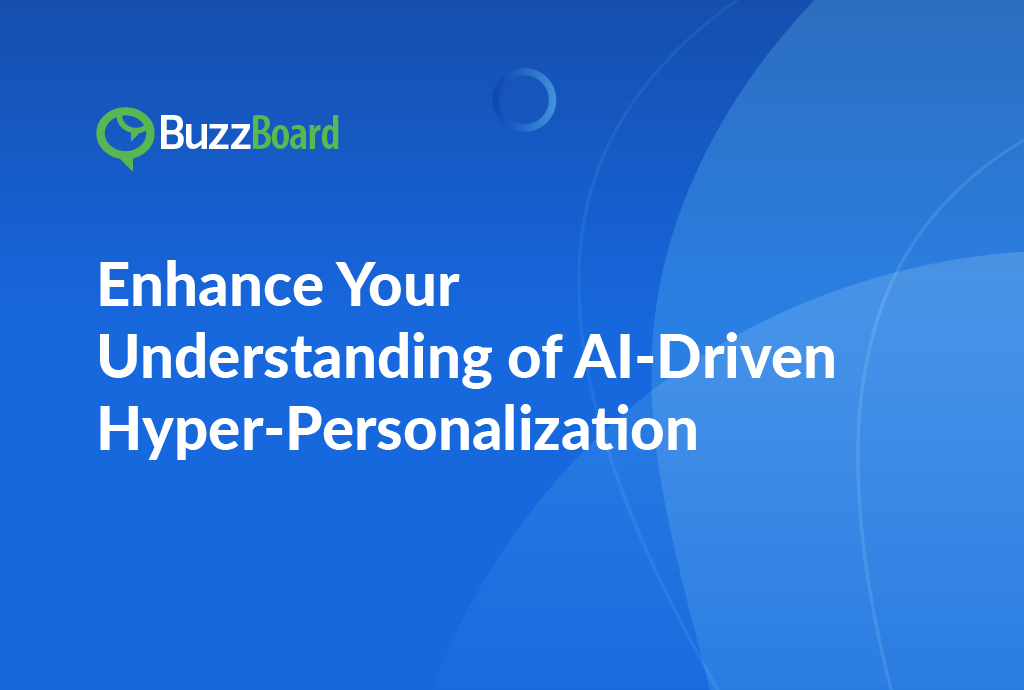In the digital field of advertising and marketing, staying ahead requires not just keeping pace but innovating. One such innovation that has transformed the content marketing landscape is hyper-personalization. Hyper-personalization in content marketing involves leveraging data and advanced analytics to create highly individualized content for specific target audiences. This goes beyond merely addressing recipients by their first name in an email—it involves comprehending their behaviors, interests, and problem areas to generate content that connects with them on an individual level.
This shifting phase in marketing is the perfect time to acknowledge the transformative power of hyper-personalization, specifically focusing on how sales professionals can improve content marketing strategies using this cutting-edge approach. From the role of generative AI to tailoring content for small and local businesses, we’ll dissect the nuances of hyper-personalization in simple terms.
The Essence of Hyper-Personalization in Content Marketing
By implementing hyper-personalization tactics in content marketing, the goal is to create content that speaks directly to the unique needs of each target audience member. Evidently, this outshines traditional segmentation, offering a more personalized and engaging experience.
The benefits of embracing hyper-personalization are manifold. Firstly, it significantly enhances customer engagement while contributing to improved conversion rates. Another compelling yet a less-discussed aspect of hyper-personalization is its impact on content discoverability. Well, we’ll surely go deeper into these, keep reading until the end!
Unlocking Potential with Generative AI
At the heart of hyper-personalized content marketing lies generative AI. This sophisticated technology utilizes algorithms to dynamically generate content based on user data, enabling marketers to create personalized experiences at scale. By analyzing user behavior and preferences, generative AI becomes the engine that drives the customization of content, ensuring it resonates with the intended audience.
Key Components of Improved Content Marketing with Hyper-Personalization
To harness the full potential of hyper-personalization in content marketing, marketing and sales professionals must focus on key components that enhance user engagement and drive conversions.
1. Granular Data Analysis
Before diving into hyper-personalization, a thorough understanding of user data is essential. Analyze granular data to identify patterns, preferences, and behaviors. This data-driven approach lays the foundation for tailoring content that speaks directly to the needs and interests of the target audience.
2. Dynamic Content Customization
Hyper-personalized content is anything but fixed; it adapts and transforms in response to user engagements. Implement dynamic content tailoring that adapts in real-time. This could involve personalized product recommendations, tailored messaging, and content that aligns with specific user actions.
3. Tailored Customer Experiences
Craft customer journeys that are unique to each user. This involves mapping out personalized touch points based on user interactions, preferences, and patterns, ensuring a seamless and customized experience from awareness to conversion.
4. Area-Focused Content Tactics
For small and local businesses, the impact of content is magnified when it reflects the local context. Implement localized content strategies by using regional lingo, mentioning and targeting specific geographic locations, and tailoring content to resonate with local audiences.
Marketing to Small and Local Businesses: Tailoring Hyper-Personalization
To optimize hyper-personalization for small and local businesses, sales professionals need to customize their approach and strategies.
1. Recognizing Small Business Dynamics
Small businesses operate differently from larger enterprises. Understanding their unique challenges, limited budgets, and community-centric approach is crucial. Tailor content to address these specific needs, offering solutions that are both effective and cost-efficient.
2. Educating Sales and Marketing Reps
When both sales and marketing teams are well-versed in the principles of hyper-personalization, they can seamlessly collaborate to align strategies, ensuring a consistent and personalized customer journey. Furthermore, an educated force becomes a strategic asset in collecting valuable customer insights. These relevant data points aid businesses to build a robust foundation for effective hyper-personalization.
3. Understanding Financial Constraints
Small businesses often navigate tight budgets, making the affordability of marketing solutions a critical factor. Highlighting reasonable and relevant solutions personalized to small business’ growth trajectory and their imminent need in your content marketing efforts ensure that these enterprises find most value in your hyper-personalized content and benefit from them.
Forge genuine relationships with small business owners; fathom what their challenges and aspirations are. This personal connection fosters trust and positions you as a valuable partner in their business growth.
Avoid one-size-fits-all solutions. Tailor your content marketing strategies to meet the specific needs of each small business. Show how hyper-personalization can be adapted to their unique context, driving more personalized and impactful campaigns.
6. Local Success Stories
Highlight success stories from similar local businesses. Testimonials and case studies that resonate with the target audience can be powerful tools in demonstrating the efficacy of hyper-personalized content.
The Impact of Improved Content Marketing with Hyper-Personalization
The adoption of hyper-personalization in content marketing can yield significant benefits for businesses, especially small and local enterprises.
1. Enhanced Engagement with Customers
By tailoring content to match the preferences of individual users, brands can create a more immersive and relevant experience, increasing the likelihood of capturing and maintaining their audience’s attention.
2. Boosted Conversion Metrics
When consumers feel a deep connection with the content presented to them, they are more inclined to take desired actions, whether it’s making a purchase, signing up for a newsletter, or sharing the content with their network. Businesses benefit from content that directly addresses the needs and preferences of their target customers.
3. Content Discoverability
By utilizing data to identify the platforms, channels, and formats preferred by their target audience, marketers can strategically position their content for maximum visibility. This not only ensures that the right people see the content but also increases the likelihood of it being shared and amplified within relevant communities. Put simply, it’s about being present on the platforms they trust and elevating the likelihood of organic sharing.
4. Cost-Effective Marketing
Hyper-personalization offers a cost-effective way to maximize the impact of your marketing efforts. Targeted content ensures that resources are directed toward strategies that deliver the most value.
Improving content marketing with hyper-personalization has become a fundamental requirement for grabbing attention of local, small business owners. Sales professionals selling digital advertising services must grasp the intricacies of generative AI and customize their approach to cater to the needs of small and local businesses. By doing so, they position themselves as leaders in delivering personalized solutions that drive engagement, conversions, and business growth. In the dynamic world of content marketing, hyper-personalization is not just a trend; it’s the key to unlocking new heights of success.








